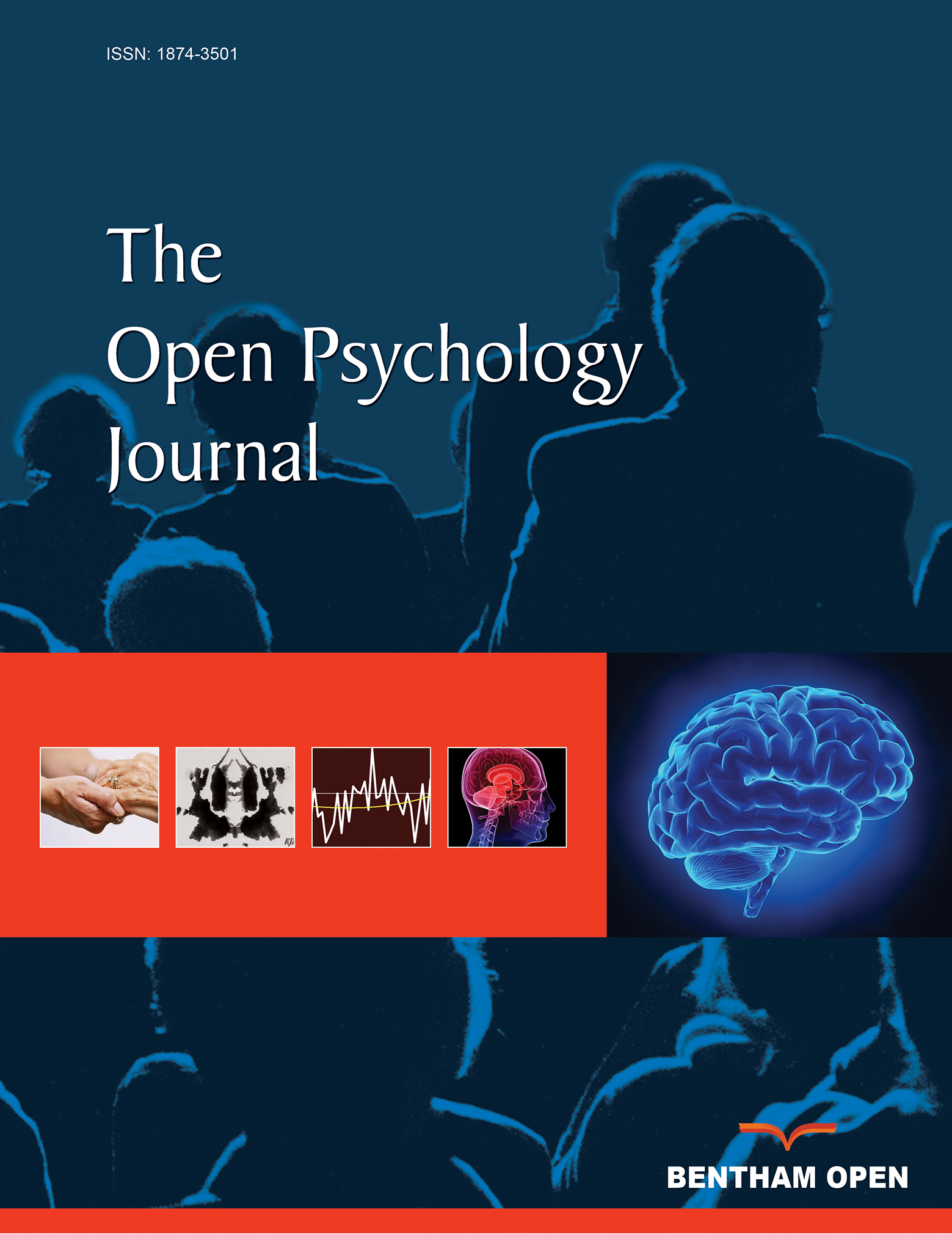All published articles of this journal are available on ScienceDirect.
Socio-demographic Differences in Prosocial Tendencies Aimed at the LGBTQIA+ Community from a Sample of Slovak Heterosexual Adults
Abstract
Background:
Incidents against gender and sexual orientation minorities have increased significantly in recent months. This discrimination is taking place in a global context, and the Slovak Republic is no exception. However, the increased level of discrimination also creates room for people to get involved in trying to help reduce discrimination while increasing helping and pro-social behaviors towards these minorities in their cultural epicenters. To date, it is unclear and uncertain what role social and demographic characteristics play in this type of behavior toward the LGBTQIA+ community.
Objective:
This study analyzed public, digital, and overall prosocial behavior toward the LGBTQIA+ community in an online sample of Slovak heterosexual adults.
Methods:
One thousand fourteen (N = 1,014) heterosexual participants completed an online questionnaire focused on prosocial behavior towards the LGBTQIA+ community in Slovakia. Prosocial behavior towards the LGBTQIA+ community was determined using the authors’ Prosocial Tendencies towards the LGBTQIA+ Community questionnaire. This questionnaire captures public, digital, and overall levels of pro-social tendencies towards the LGBTQIA+ community. Participants also answered basic social and demographic background questions.
Results:
People in older adulthood also display more digital and overall prosocial behaviors, but not publicly prosocial. Residence-based differences were identified only in the area of public prosocial behavior in favor of people with urban residence. Differences in the context of personal experience with an LGBTQIA+ person demonstrated that people with a positive experience with an LGBTQIA+ person display significantly more public, digital and overall prosocial behavior compared to people with a negative experience and those with no experience. We also identified inter-sex differences in all areas studied in favour of women.
Conclusion:
People differ in their prosocial actions towards the LGBTQIA+ community based on social and demographic characteristics.


